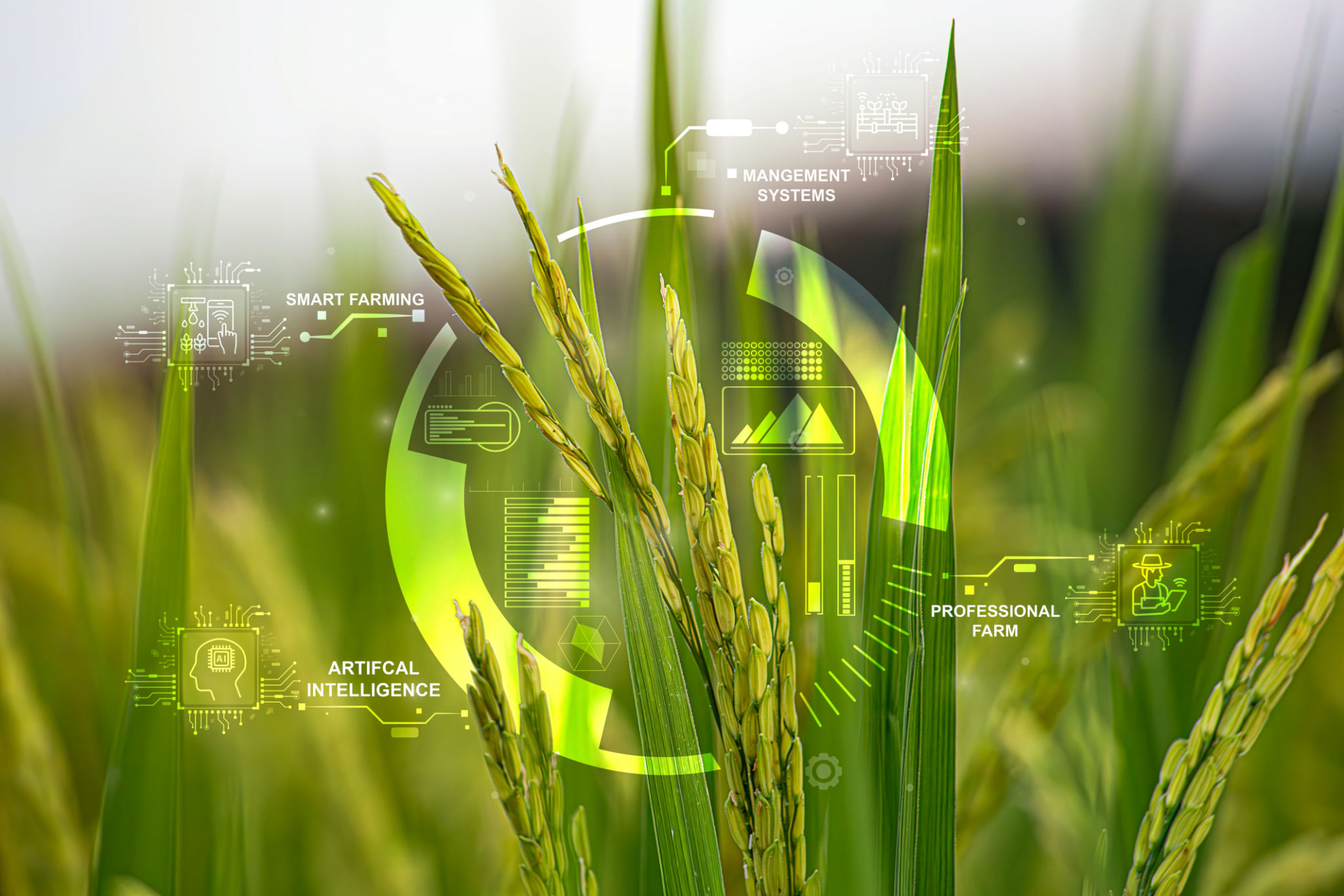How to Implement Farm Automation Solutions in Colorado: Step-by-Step Guide
Understanding the Need for Farm Automation in Colorado
Colorado's diverse agricultural landscape offers a unique opportunity for farmers to enhance productivity through automation. With advancements in technology, integrating automated solutions can significantly improve efficiency and yield. Whether you're managing a vast field of crops or a small-scale farm, automation provides the tools needed to optimize operations.
Automation in farming isn't just about cutting labor costs; it's about increasing precision and control. From irrigation systems to harvesting machinery, there are numerous solutions available to meet the specific needs of Colorado's farmers.

Assessing Your Farm's Specific Needs
The first step in implementing farm automation is to assess your farm's current operations and identify areas where automation can make a difference. Consider factors such as the size of your farm, types of crops or livestock, and current labor intensity.
Conducting a thorough assessment will help pinpoint areas where technology can streamline processes and increase productivity. For instance, if irrigation is time-consuming, automated irrigation systems could be a wise investment.
Selecting the Right Automation Solutions
Once you've identified the areas in need of improvement, it's time to choose the right technologies. This choice will depend on your specific requirements and budget. Some popular solutions include:
- Automated Irrigation Systems: These systems ensure water is distributed efficiently, reducing waste and ensuring crops receive the right amount of hydration.
- GPS-guided Tractors: Using GPS technology, these tractors can perform precise planting and harvesting, minimizing overlap and missed areas.
- Drone Technology: Drones can be used for monitoring crops, assessing health, and even applying pesticides with precision.

Implementing Automation Solutions
With your solutions selected, the implementation phase begins. This step involves installing equipment, configuring systems, and training your workforce. It’s crucial to work with experienced providers who can offer support and training to ensure a smooth transition.
Training is essential as it ensures that all team members are comfortable with the new technologies. This minimizes downtime and maximizes the potential benefits of your new systems.
Monitoring and Fine-Tuning
After implementation, continuous monitoring is necessary to ensure that the systems are working optimally. Regularly check equipment for maintenance needs and update software as required. Automation technologies often come with analytics tools that provide insights into performance and areas for improvement.
Fine-tuning your systems based on data collected will help optimize processes further. Adjustments might be needed to accommodate seasonal changes or shifting crop demands.

Evaluating the Impact
Finally, take the time to evaluate the impact of automation on your farm. Monitor changes in productivity, resource consumption, and overall efficiency. This evaluation will help justify the investment and guide future improvements.
Feedback from farm workers can also be invaluable in assessing how automation has affected daily operations and workflow. Use this information to make informed decisions about expanding automation efforts in other areas of your farm.